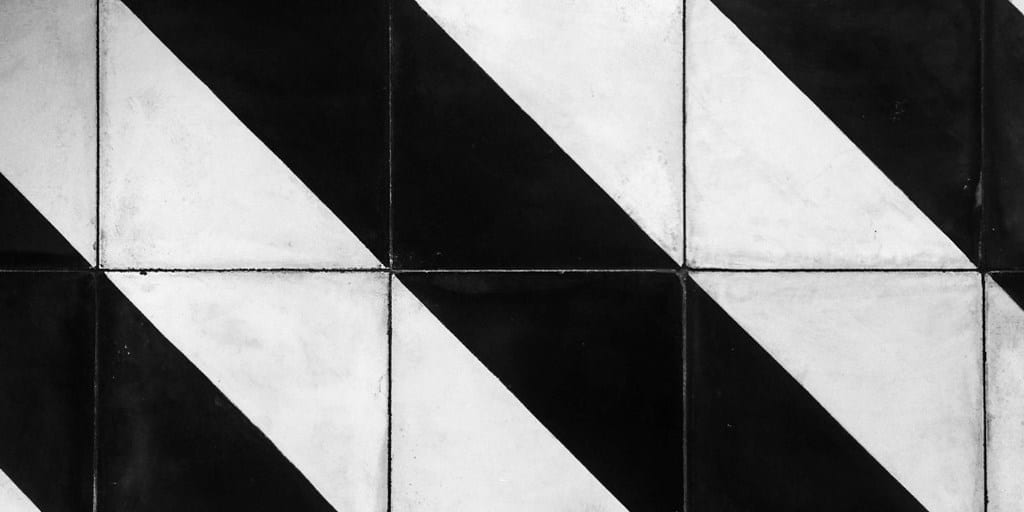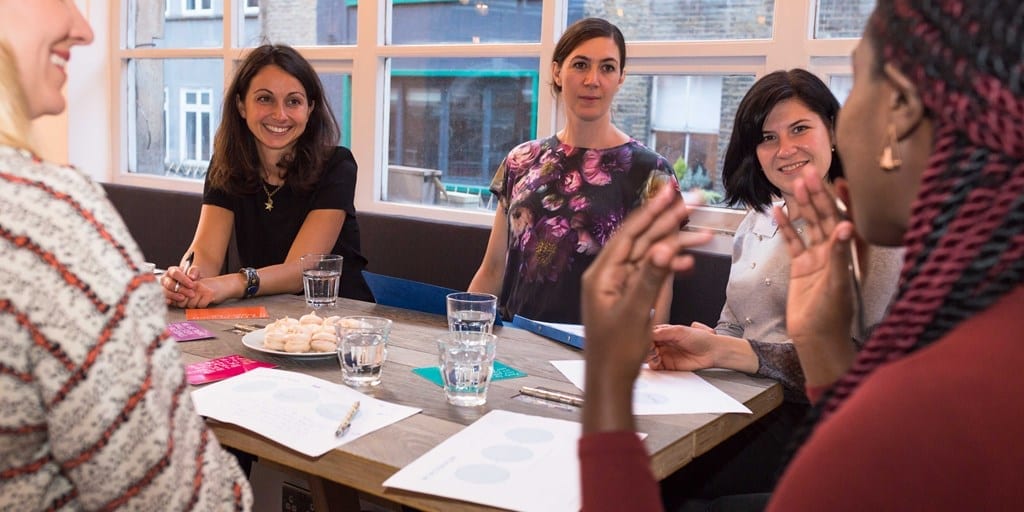Wouldn’t you agree that society has given into pressure to become “busy”. It seems that being busy has become a sign of personal success. It’s good to be busy, but how much is too much? And how do we, the new generations, keep a balanced life where we make time to enjoy our environment, our family and friends as well as our possessions?
The one group of people that I know are remarkably good at being busy are women! We have a nurturing instinct, which means we want to take care of everything we put our minds and hearts to – and tend to wear many hats! Let’s face it, we find ourselves undertaking many roles throughout life: daughters, wives, mums, aunts, friends, employees, athletes, social leaders or entrepreneurs. The challenge lies in being able to do all these roles without falling into the trap of burning out, feeling overwhelmed, tired and frazzled.
What is the secret to be able to lead a calm, happy, focused life while taking care of business and our personal life?
Having spent time in the corporate world for more than 15 years (six of those years raising two small children) – in a high paced Financial Services Industry – I decided to make the most out of my time at work and of the time with my family. I also thought I deserved to have some “me” time (that’s reasonable, right?). Trying to figure out how I could remain efficient, productive and happy while not giving up any of my passions, I decided to put systems and routines in place that helped me deal with my responsibilities, home, family and personal interests in the easiest possible way.
These systems would make my life easier by ridding the clutter in my head, in my diary and my surroundings – allowing me to deal efficiently with what really mattered. Where to start? What will make a difference?
Well, here are my three simple steps to get organised and be more productive. Create systems for managing your environment so you can spend your energy positively on what is important.
1. TIME
a. “Must-Do-List” -Split what you must accomplish in a week into three “must-do” activities per day. Three daily goals are very doable. You can then move on to less pressing tasks – Completing your tasks in time will give you a great sense of achievement each day and every week.
b. “Communication & Sharing Calendar” -Implement an Information Bulletin Board to keep everybody informed of the weekly activities taking place. Use White Boards, Pin Boards or a Wall Calendar that is big enough to make notes on so as to make each individual aware of her/his responsibilities and tasks. In a more personal situation, sending electronic calendar invitations to your partner will help keep track of joint engagements or any other commitment your other half needs to be aware of.
2. PAPER
a. “Landing place” – Identifying a place (hub) that is accessible and visible where your mail will land is vital. Make sure that every piece of mail goes to the hub as soon as it is picked up.
b. “Weekly Catch up” – Have a set day of the week to go through your mail -Saturday morning, perhaps when you are more relaxed, or a Friday afternoon, when you are done with your working week- and make it a habit to open every single piece of mail on that specific day!
c. “Action/Read/File/Recycle” – When going through paper classify in 3 categories – is it for Reading only? i.e. newsletter. Or for Filing? i.e. insurance policy renewal. Or for Action? i.e. RSVP to an invitation or make a payment. If something requires Action – deal with it in the moment. If it doesn’t fall under any of the above categories, then it is Recycle.
3. PERSONAL BELONGINGS
a. “A home for daily tools” – Any article used on a regular basis, such as mobile phones, car keys, house keys, purses, travel cards, glasses, handbags and pens, should have a predetermined place to be stored when not in use: key holders for keys, a specific pocket in your handbag for travel cards and mobile phone when out and about. If at home, use a tray in your entrance hall or kitchen to place your frequently used belongings. You will always know where to find the items that are in constant use.
b. “Categorise & Store according to use” – Organise personal belongings at home such as toys, sports gear, kitchen utensils, clothes, garage tools by a simple categories- texture, colour, usage, season, or size. This allows you to easily choose and reach what you need. It’s important to set the categories according to how your brain works and to consider your home dynamics – Leave more accessible what you use often. What is not used regularly can be stored in places that are trickier to reach.
c. “ Regular Clear Outs” – Having a yearly clear out is key to keeping space from becoming cluttered: a good time to do is at seasonal changes (i.e. winter/summer for clothes), after a birthday (for toys) or following an important holiday (for home offices, kitchens, lofts, )
Applying these simple systems will help you use your energy wisely. – You will also be able to focus and be clear of how and what you want to accomplish for you, your business and your loved ones. Having an uncluttered environment favours to the ability to focus and to be efficient! Try them and you will go from overwhelmed to overjoyed!
~ Patty
Patty Cruz-Fouchard is Director & Founder – Organised & Simple Ltd. Twitter: OrganisedPatty Facebook: OrganisedSimple
Patty will be sharing her systems and beyond on how to Get Things Done at our DrivenWoman workshop on Wednesday 12. October, 6:30 pm, Soho, London.





0 Comments